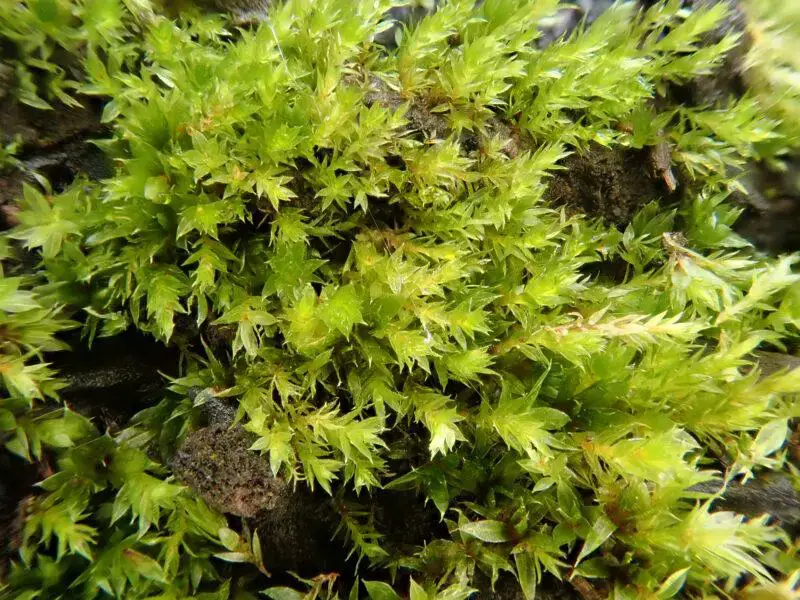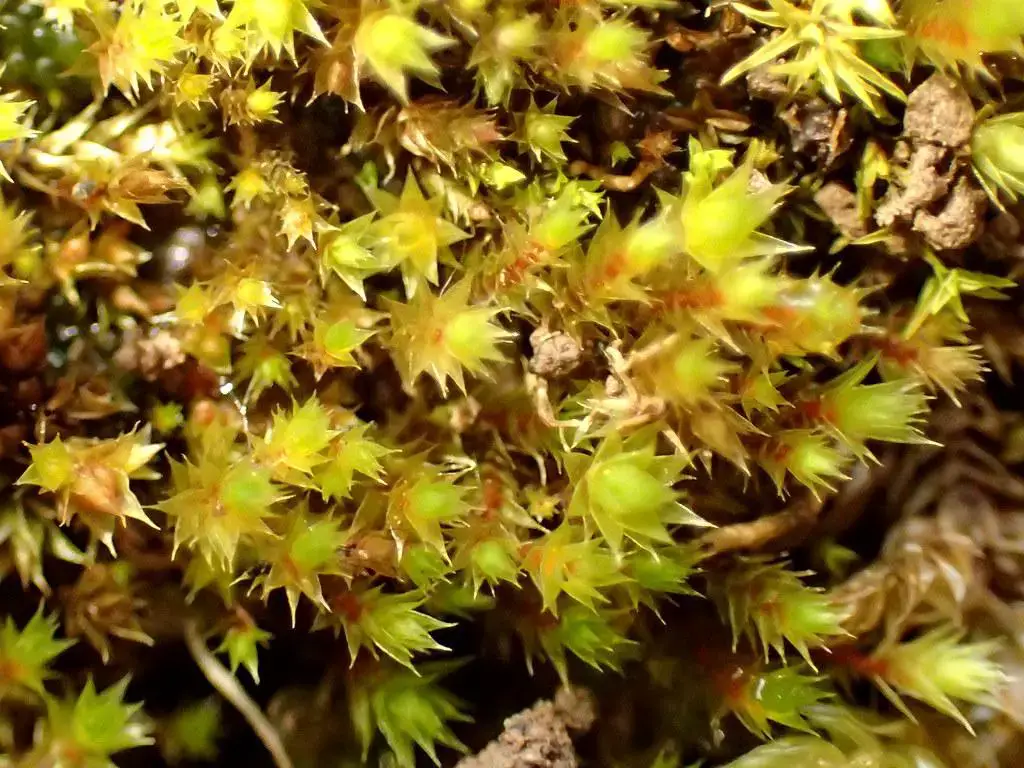
33910866.jpg from: https://waarneming.nl/waarneming/view/209087362?_popup=1

2021-01-14-14-35-01-800×600.jpg from: https://www.britishbryologicalsociety.org.uk/learning/species-finder/bryum-rubens/
Introduction
In the vast and captivating world of bryophytes, one particular moss species stands out for its vibrant hues and resilient nature – the Bryum rubens Mitt., commonly known as Bryum

818865.jpg from: https://www.bio-forum.pl/messages/3280/818862.html
. This unassuming yet remarkable plant belongs to the Bryaceae family and has captured the hearts of moss enthusiasts worldwide.
Background
Before delving into the intricacies of Bryum rubens Mitt., it’s essential to understand the broader context of bryophytes. These non-vascular plants, which include mosses, liverworts, and hornworts, are among the oldest land plants on Earth, dating back over 400 million years. They play a crucial role in various ecosystems, acting as pioneers in colonizing bare surfaces and contributing to soil formation.
Main Content
Morphology and Identification

51903679982_19665fc37a_b.jpg from: https://www.flickr.com/photos/herbier/51903679982/
Bryum rubens Mitt. is a acrocarpous moss, meaning its spore capsules are borne at the tips of the stems. Its vibrant reddish-brown color is one of its most distinctive features, earning it the epithet “rubens” (Latin for “red”). The plants form dense tufts or cushions, with stems reaching up to 2 cm in height.
The leaves of Bryum rubens Mitt. are ovate to lanceolate in shape, with a distinctive midrib running along their length. The leaf margins are often recurved, and the leaf tips are acute or acuminate. The spore capsules are pendulous (hanging down) and cylindrical in shape, with a reddish-brown color that complements the plant’s overall hue.
Global Distribution and Habitat
Bryum rubens Mitt. is a cosmopolitan species, meaning it can be found on multiple continents. It has been reported in various regions, including Europe, North America, South America, Asia, and Australia. This widespread distribution is a testament to the moss’s adaptability and resilience.

medium.jpeg from: https://www.biodiversity4all.org/taxa/159559-Bryum-rubens

80026420.jpg from: https://waarneming.nl/observation/291824938/

1537_Bryum_rubens_2015_04_04_4394.jpg from: https://www.bryo.cz/index.php?p=mechorosty_foto&gallery=bryum_rubens&id=1537
In terms of habitat, Bryum rubens Mitt. thrives in a variety of environments, from urban areas to natural landscapes. It can be found growing on soil, rocks, tree bark, and even concrete surfaces. Its ability to colonize disturbed areas and tolerate a wide range of conditions contributes to its success as a pioneering species.
Ecological Roles and Adaptations
Like many bryophytes, Bryum rubens Mitt. plays a vital role in ecosystem functioning. It contributes to soil formation and stabilization, helps retain moisture, and provides microhabitats for other organisms, such as invertebrates and fungi.
One of the remarkable adaptations of Bryum rubens Mitt. is its ability to withstand desiccation (drying out). During periods of drought, the moss can enter a state of dormancy, reviving once moisture becomes available again. This trait, known as poikilohydry, allows the moss to survive in harsh environments and quickly recolonize areas after disturbances.
Case Studies/Examples
Bryum rubens Mitt. has been the subject of various scientific studies, shedding light on its ecological significance and potential applications. For instance, researchers have investigated the moss’s ability to accumulate heavy metals, making it a potential biomonitor for environmental pollution.
In urban areas, Bryum rubens Mitt. has been observed growing on concrete surfaces, demonstrating its resilience and ability to thrive in human-modified environments. This characteristic has sparked interest in using the moss for green infrastructure projects, such as green roofs and living walls.
Technical Table
| Characteristic | Description |
|---|---|
| Family | Bryaceae |
| Genus | Bryum |
| Species | Bryum rubens Mitt. |
| Growth Form | Acrocarpous moss, forming dense tufts or cushions |
| Stem Height | Up to 2 cm |
| Leaf Shape | Ovate to lanceolate |
| Leaf Margin | Often recurved |
| Leaf Tip | Acute or acuminate |
| Spore Capsule | Pendulous, cylindrical, reddish-brown |
| Distribution | Cosmopolitan (found on multiple continents) |
| Habitat | Soil, rocks, tree bark, concrete surfaces |
| Ecological Roles | Soil formation, moisture retention, microhabitat provision |
| Adaptations | Poikilohydry (desiccation tolerance) |
Conclusion
Bryum rubens Mitt., with its vibrant hues and resilient nature, is a true marvel of the bryophyte world. From its ability to colonize diverse habitats to its ecological significance, this unassuming moss has captured the attention of scientists and enthusiasts alike. As we continue to explore and appreciate the wonders of the natural world, Bryum rubens Mitt. serves as a reminder of the incredible diversity and adaptability of life on our planet.
Ponder this: In a world where urbanization and environmental changes are rapidly transforming landscapes, could Bryum rubens Mitt. and other resilient bryophytes hold the key to creating more sustainable and nature-friendly cities?